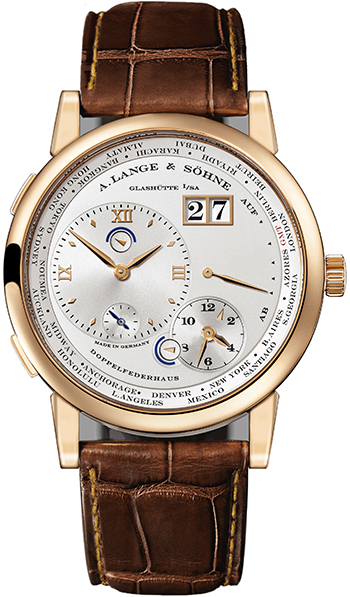Replica watches have garnered significant attention in recent years, with an increasing number of people seeking alternatives to high-end luxury timepieces at a fraction of the cost. The art of crafting these replicas is both complex and intricate, involving a combination of craftsmanship, technology, and, in some cases, questionable ethics. Behind the scenes, creating a replica watch that can pass as an authentic luxury model involves several stages, from sourcing materials to precise engineering, all with the goal of mimicking the aesthetic and functionality of prestigious brands like Rolex, Patek Philippe, or Omega. At the heart of this process is the design phase. Replica watchmakers carefully study genuine watches, analyzing every detail to replicate their appearance with precision. This involves meticulous measurements, careful observation of dial patterns, fonts, logos, and even the way light interacts with different surfaces. The goal is to create an almost indistinguishable copy of the original, capturing the luxury watch’s unique aesthetic. Once the design is perfected, the next step is sourcing materials.

To achieve this, manufacturers employ sophisticated 3D modeling techniques and use laser etching to replicate the logos, brand signatures, and serial numbers that are often featured on the case backs and dials of luxury watches. The Luxe Replica Watches use materials that closely resemble the originals, such as stainless steel or ceramic for the case, sapphire or mineral crystal for the glass, and genuine leather or metal for the bands. However, even the highest-quality replicas fall short of the premium metals, rare alloys, and specialized components used in authentic luxury timepieces. For example, while a genuine Rolex Submariner uses 904L steel, which is highly resistant to corrosion and scratches, most replicas use lower-grade stainless steel, which, while durable, does not match the original’s longevity or luster. The engineering phase is where the technical expertise of replica manufacturers is put to the test. A luxury watch is not just about its outward appearance; its performance is equally crucial. Genuine luxury watches often feature in-house movements that are handmade, painstakingly assembled, and rigorously tested.
These movements are often quartz or modified automatic mechanisms, and while they can mimic the functionality of high-end watches, they lack the precision, longevity, and craftsmanship of the originals. The movement’s quality in a replica is one of the key giveaways for experts trained to spot the differences. Once the watch is assembled, it goes through a finishing process that seeks to replicate the feel and texture of an authentic watch. Polishing techniques are employed to give the watch a similar shine to its genuine counterpart, and quality control measures are implemented to ensure that the final product is free of obvious flaws. Some of the best replicas can even fool seasoned watch collectors from a visual standpoint, but the true test comes in handling the watch, where weight, smoothness of operation, and finer details reveal the difference. While the production of replica watches might be seen by some as an art form, it exists in a legal and ethical gray area.